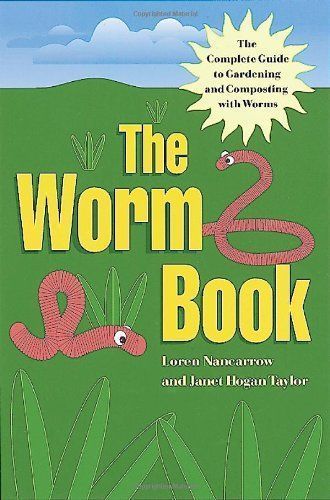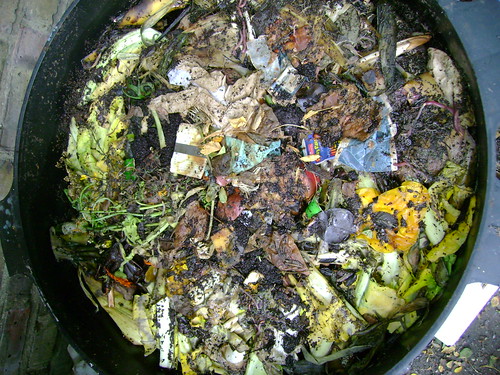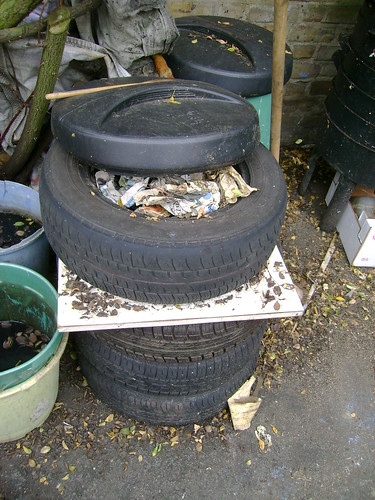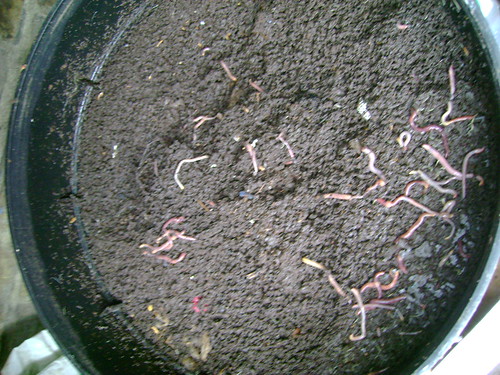
DIY Worm Bin or Organic Wormery
A juicy tip for good fertiliser. Collect the liquid from a wormery, dilute it and use as a foliar feed.

Why have a Worm Bin
- Worms can efficiently convert kitchen waste in to compost.
- A free, liquid, organic fertiliser is also produced. Dilute it 10 fold and use on crops and flower beds.
- Worms bins should be treated as fun. The tiger or brandling worms need feeding and looking after like other pets.
- A three tier worm bin allows access to finished compost without disturbing the worms good work
- Read and be enthralled by The Worm Book
Make your Own Worm Bin
- To avoid buying a wormery or worm bin you can modify an old water butt or similar plastic container.
- If the bin has a tap you can drain off the liquid fertilizer.
- If there is no tap drill a dozen half inch drainage holes at the base and stand the bin in a deep saucer to collect the juice.
- Drill air holes at the top near the lid for ventilation.
- Add a 4″ layer of grit, gravel or coarse sand to keep the drain holes clear.
- Cut to shape a piece of old carpet or wood as a divider. Make sure it has holes so liquid can drain through to the grit level.
- Add 4″ of bedding material (partly rotted garden compost will do). You need plenty of worms (circa100) in the compost, more the merrier
- After a week gradually start adding kitchen waste including egg shells tea bags, pasta, bread rice, fruit and veg peelings etc.
- Cover the kitchen waste with damp newspaper at all times to discourage fruit flies and keep worms moist
- Cover with a tight lid
Operating Your Own Worm Bin
- When the bin is full spread the contents on a large plastic sheet.
- To coax the worms from the compost place damp newspaper over some of the compost where the worms will then congregate and you can collect them to start a new wormery.
- Unpleasant smells or dead worms could be caused by over feeding too much waste in one go. Lack of ventilation may be another cause.
- Small black fly infestations can happen if the bin is left uncovered.
- Worm bins can become acidic so each month you can add a handful of ground limestone. Do not compost too much citrus peel.
- Worms have a diet of Dairy Products, Fats, Meat, Feces and Oil.
- Red worms live and eat in the top six to eight inches of material.
Oils

Photo credits
Wormery Top Level, Mid Level and Lower level: Food Waste by London Permaculture CC BY-NC-SA 2.0
Tyre Wormery by London Permaculture CC BY-NC-SA 2.0

For more help read Lorene Nancarrows book.
The Tiger Wormery: Easy Access Composter, includes Worms available from Amazon

